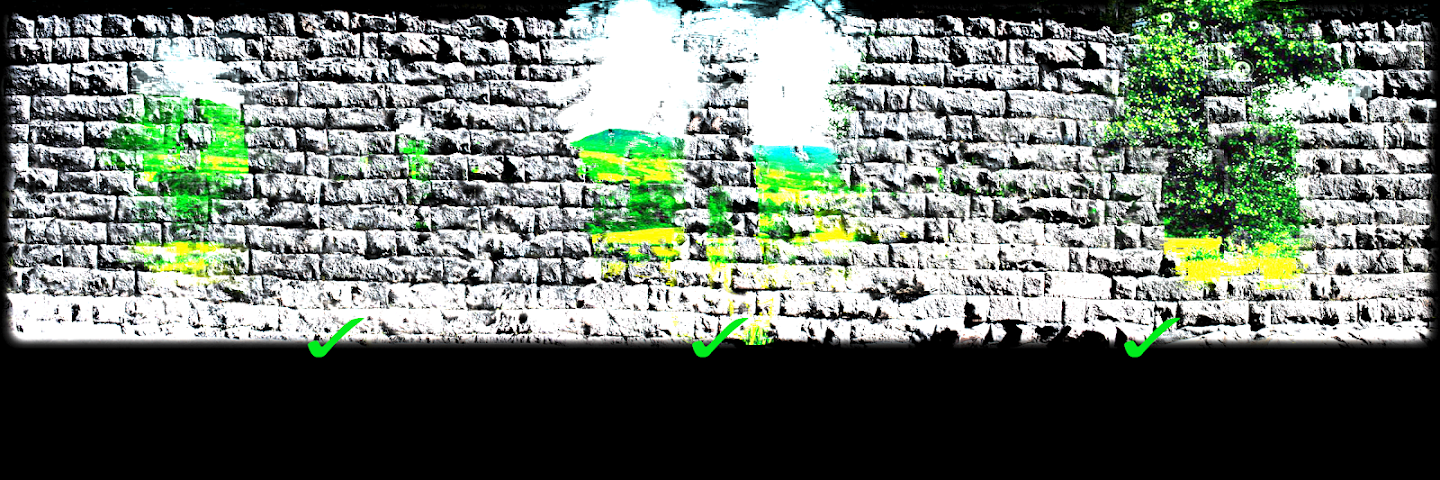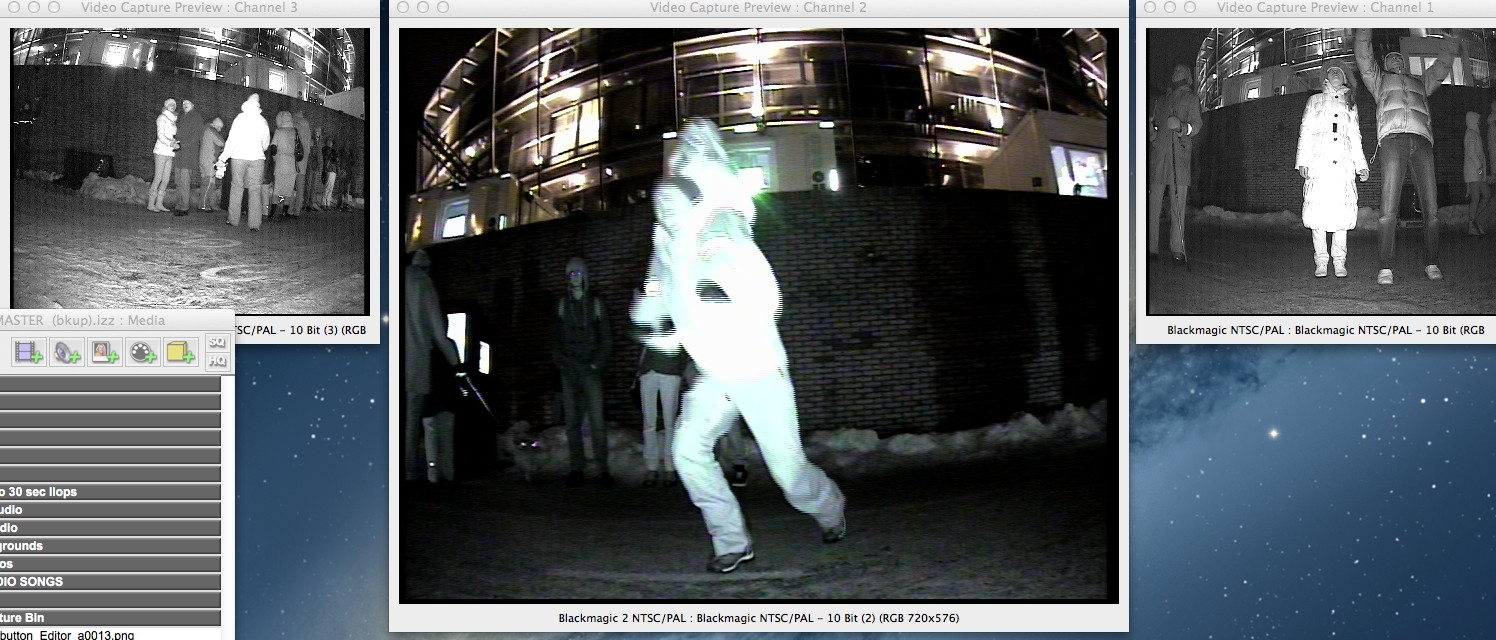Hi All,
I’ve been pretty awful at blogging lately. Sorry about that. I’ve been moving house and working hard at my day job. I do however have a lovely new desk to do my audio-visual work and lots more room to play. By play I mean make music, edit video, program Isadora and plug my kinect sensor into Ni-Mate and other software.
I now have a gaming PC which doubles up as a Audio-Visual work horse. It’s pretty decent spec but nothing too fancy. I have Isadora on here to help with testing and stuff. I now can also install other windows based software and muck about. It’s quite handy having a mac and a windows PC. I try and not be a mac or windows hater, I just use both!
I have a snazzy new Novation keyboard for use with Ableton and lots of space for my cables and “junk” as my wife calls it! 🙂 haha.
I got a message a few weeks ago from my good pal Julius from Delicode asking if i’d help him test Ni-Mate version 2.0 and of course I said yes. I helped quite a lot with the first version and I was very pleased to be a part of it. So, it’s public knowledge now as they did a blog post a few days ago:
http://www.ni-mate.com/ni-mate-v2-0-announcement-beta-applications/
“It’s been nearly a year since we last put out an official update to NI mate. This doesn’t mean that we’ve stopped working on the software – on the contrary. We’re happy to now announce on the blog that for the past 1,5 years we’ve been hard at work preparing NI mate v2.0 for an eventual release in July 2015.
While we’re launching a complete redesign on NI-mate.com as well as a thorough blog post about the updated features and business model in June, some of the things to look forward to include: extended sensor support (adding support for the new Kinect for Windows/XBOX One and Leap Motion), simultaneous sensor support (run multiple sensors in a single instance of NI mate, even mixing different sensor types), BVH/FBX export and an official Autodesk Motion Builder plugin.
Existing purchases of NI mate v1.0 will continue to work forever. Similarly v1 license owners will be offered a generous upgrade path in case they would like to enjoy the new features offered in v2.0. While we’re preparing the new software for official release, we’re also looking for a few good participants in a closed beta. In case you think you would be a good fit, please feel free to send us an application by filling in this form (requires a Google account).”
I also ordered a new toy called the Makey Makey GO. I already have the classic Makey Makey, but thisones is smaller, magnetic and does not require an earth wire. It’s hard to explain exactly what it does and how it does it but you can read more here:
https://www.kickstarter.com/projects/joylabz/makey-makey-go-invent-everywhere-invent-now
They are really cool devices. I have used them for all sorts and I am hoping to use a few for an instillation at the museum. I may do a full blog post about that at some point.
I am also now beta testing and using a new amazing software called Bazik which is an audio responsive software with Syphon out, MIDI, OSC and much more!
Here is a screenshot of it running into Isadora via Syphon:

So, that’s a little update from me. I have been working hard with the rest of the Isadora crew on testing, problem solving and much more. If you have not checked out Isadora 2 then I suggest you check it out now!

http://troikatronix.com/new-in-isadora-2-0/
Off to bed now! Talk soon folks!
Graham (aka skulpture)
















































